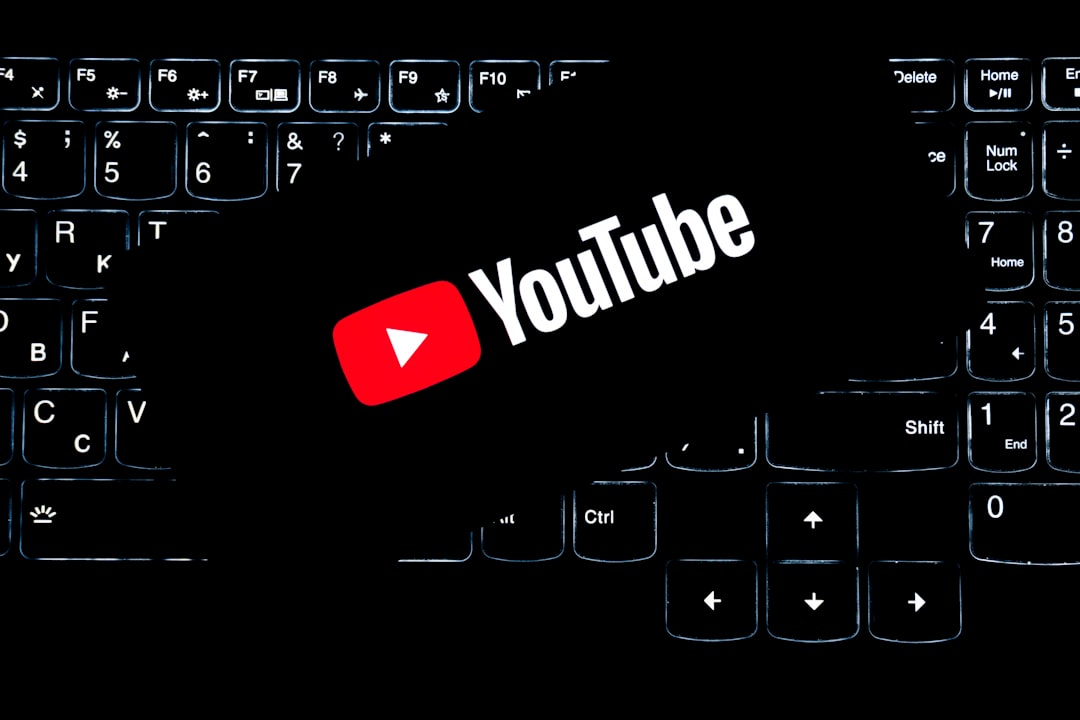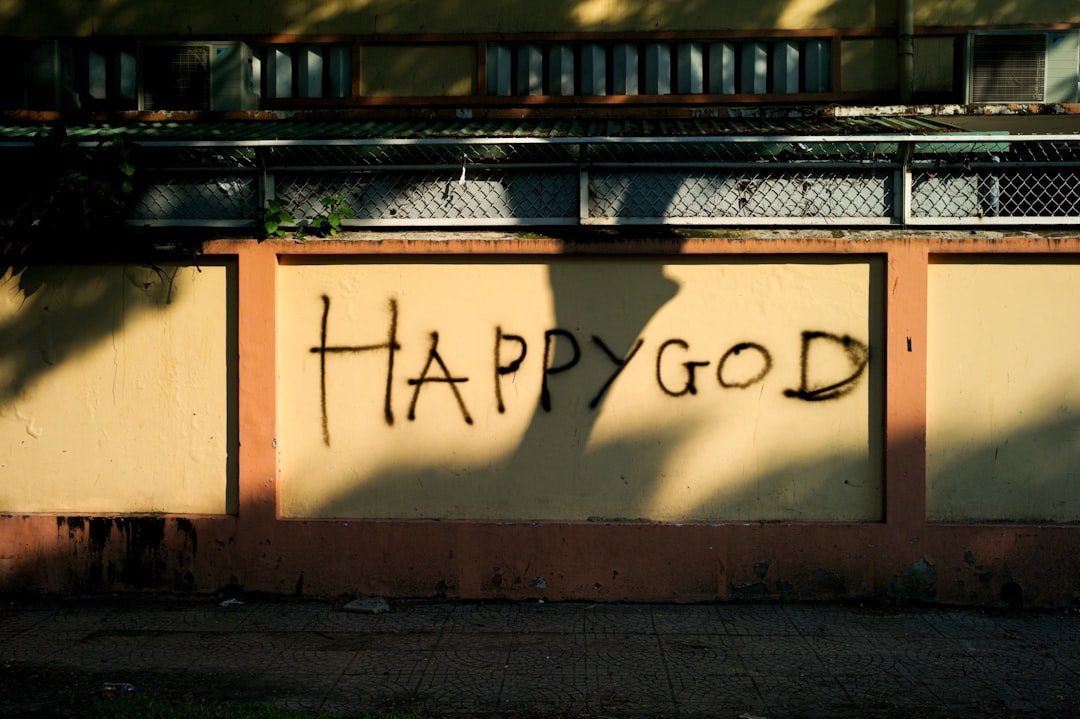Last month, I experienced every content creator’s nightmare: waking up to discover that YouTube had completely demonetized my channel overnight. After years of building a loyal audience, maintaining community standards, and abiding by monetization requirements, I woke up to an email stating that my entire channel was no longer eligible for monetization. The cause? A single, years-old video that I hadn’t thought about in ages.
TL;DR: Overnight demonetization can happen—even to long-standing creators—due to a single flagged video. My 5-year-old content was deemed “not advertiser friendly,” triggering YouTube’s automated systems to revoke my monetization entirely. Fortunately, I successfully navigated YouTube’s complex appeals process and regained full monetization rights within two weeks. Here’s how I did it, step-by-step.
Initial Shock: Losing Monetization Overnight
Waking up to a demonetization email feels surreal. There’s no advance warning, no flag raised in your dashboard. Instead, you might receive an email titled something like “Your channel has been suspended from the YouTube Partner Program.” That’s what happened to me.
Confused and alarmed, I rushed to my YouTube Studio. The warning stated that my channel was “no longer in compliance with YouTube’s monetization policies” and had been removed from the Partner Program. I immediately suspected a recent upload might’ve tripped something, but as I dug into the analytics and feedback, I found nothing unusual.
Finding the Culprit
Buried deep in my content library was a video from 2018, a documentary-style piece on controversial media. Though informative and nuanced, it briefly used archival footage that YouTube’s systems now deemed “problematic.” Whether due to changes in advertiser guidelines or updated AI analysis, that single piece led to sweeping consequences.
To YouTube’s automated algorithms, that one video was enough reason to call into question the entire integrity of my channel. This wasn’t a video age-restricted or removed—it simply failed monetization checks retroactively. This was one of the most frustrating parts of the experience: old content being subjected to new standards without notice.

Understanding What Happened
YouTube’s policies make it clear: channels must comply with all monetization policies as a whole. That means one video deemed inappropriate for advertisers can lead to total demonetization. Their algorithms review factors including:
- Content realism and sensitivity
- Use of copyrighted or reused content
- Community guideline strikes or history
- Consistency with advertiser standards
This blanket policy may make sense from a scalability perspective, but to creators, it often feels harsh—especially when applied to older content. In my case, my video was previously monetized without issue, but YouTube’s evolving guidelines caught up to it.
The Appeals Workflow – A Step-by-Step Recovery
Despite the initial frustration, my experience took a turn for the better once I began engaging seriously with the appeals process. Here’s a breakdown of how I reversed my demonetization:
1. Removing the Problem Video
The first thing I did was set the flagged video to private. YouTube’s systems need to see that you’re actively addressing problematic content. I followed up by completely deleting it—a step I recommend if the video serves no ongoing value.
2. Reviewing Every Video on the Channel
Next, I reviewed every video I had published to ensure there were no other borderline issues. I used YouTube Studio’s “Monetization” column to see which videos were marked with the yellow dollar sign—indicating limited or no ads. I manually submitted any questionable videos for re-review and noted YouTube’s feedback for future uploads.
3. Reapplying for the YouTube Partner Program
Once I felt confident my channel met all standards again, I waited for the 30-day cool-down period before I could reapply. During this time, I made three additional uploads as further evidence of ongoing quality and compliance. Here’s what I focused on:
- Staying within advertiser-friendly topics
- Avoiding edgy humor or mature themes
- Creating unique content with original voiceovers and custom visuals
- Removing or replacing any reused third-party clips
4. Writing a Thoughtful Appeal
When the reapplication window opened, I submitted a detailed appeal. In the provided comment box, I explained what had happened, what actions I had taken, and how I ensured future videos would remain compliant with YouTube’s monetization policies. While this section isn’t required, it’s your one chance to humanize your case to the reviewer.
Here’s a condensed version of what I wrote:
“Dear YouTube Review Team,
I recently discovered that a 2018 video may have violated evolving content standards. That video has been permanently removed. I’ve since audited all existing content and removed anything that could risk advertiser satisfaction. My channel is committed to producing original, respectful, and high-quality content. I appreciate your time in reconsidering my eligibility for the Partner Program.”
5. Outcome: Monetization Restored
Exactly 12 days after I reapplied, I got the all-clear email. My monetization was fully reinstated. I could once again show ads on my videos, use Super Chats in livestreams, and access full creator benefits. More importantly, I felt like my channel had survived an existential crisis.

Key Takeaways for Other Creators
What I went through wasn’t easy. It required patience, humility, and proactive cleanup. But it taught me some valuable lessons that I want to pass on to any other creator who finds themselves in a similar nightmare.
- Old Content Can Be Re-Evaluated: Periodically check your most viewed and oldest videos to ensure continued compliance.
- Transparency Matters: When you submit an appeal, show that you understand what happened and demonstrate specific remedial actions you’ve taken.
- Keep Uploading During the Process: Positive channel activity shows ongoing investment in quality and compliance.
- Document Everything: Record your steps and decisions during the appeals process in case your reapplication is denied and you need to escalate it further.
The Bigger Picture
YouTube’s content policies and monetization standards will continue to evolve, and as creators, we need to evolve with them. The platform faces pressure from advertisers, regulators, and public opinion, which affects how its algorithms and human reviewers treat our content. That said, working within the system—however flawed—can still yield results.
For me, this wasn’t just about revenue (although that certainly hurt). It was about legitimacy. Losing monetization is something that can affect how your audience perceives your content and how you see your own work. Regaining it felt like a professional victory, and I hope this guide provides a clear roadmap for others facing similar setbacks.
Final Thoughts
If you’re a creator, always assume that any video you upload today could one day be evaluated under different standards. Try to build a sustainable, review-proof content strategy. And if the worst happens and you find yourself demonetized overnight, remember: you have options. Stay calm, take responsibility, clean up your channel, and use the appeal process wisely. YouTube may seem opaque and impersonal, but there is a path forward.




